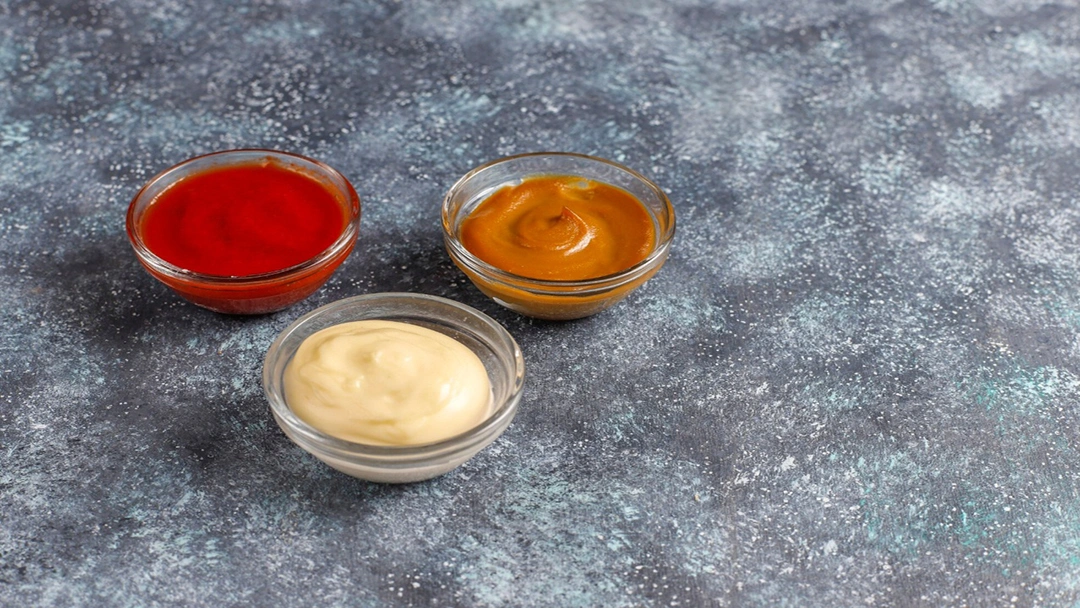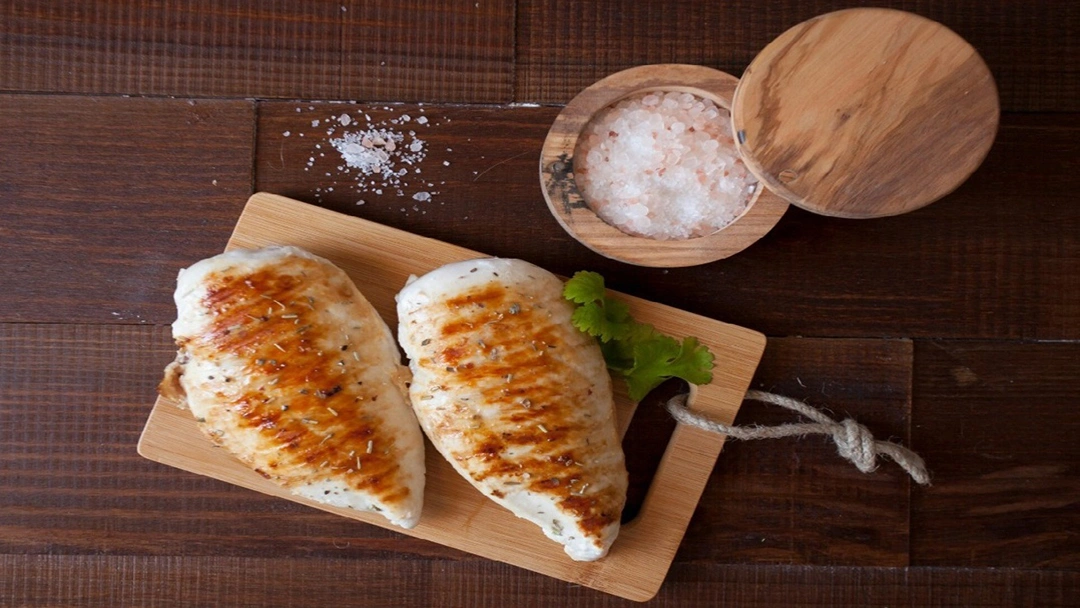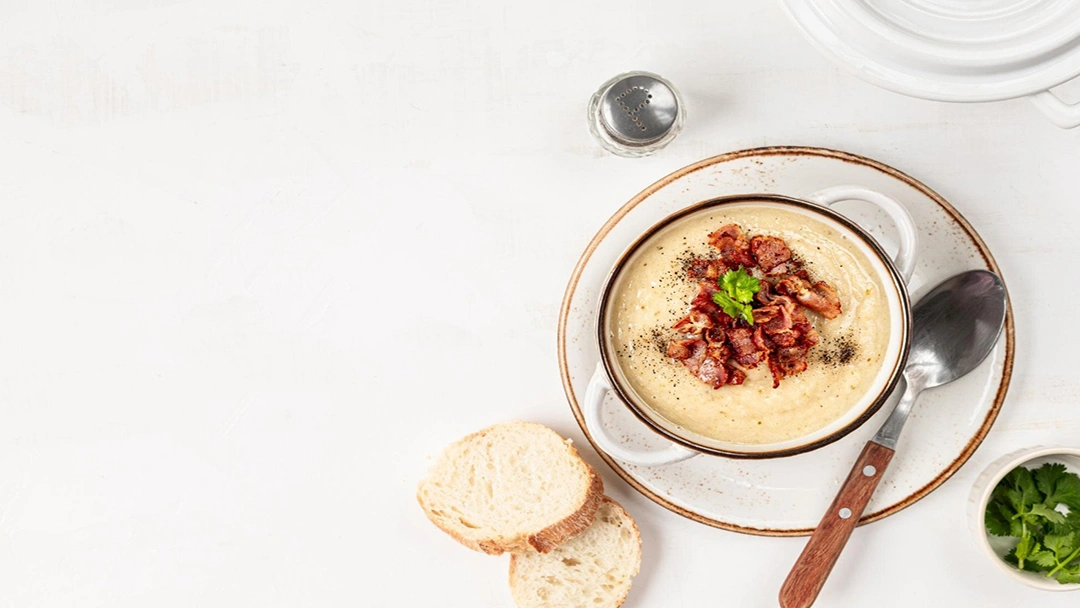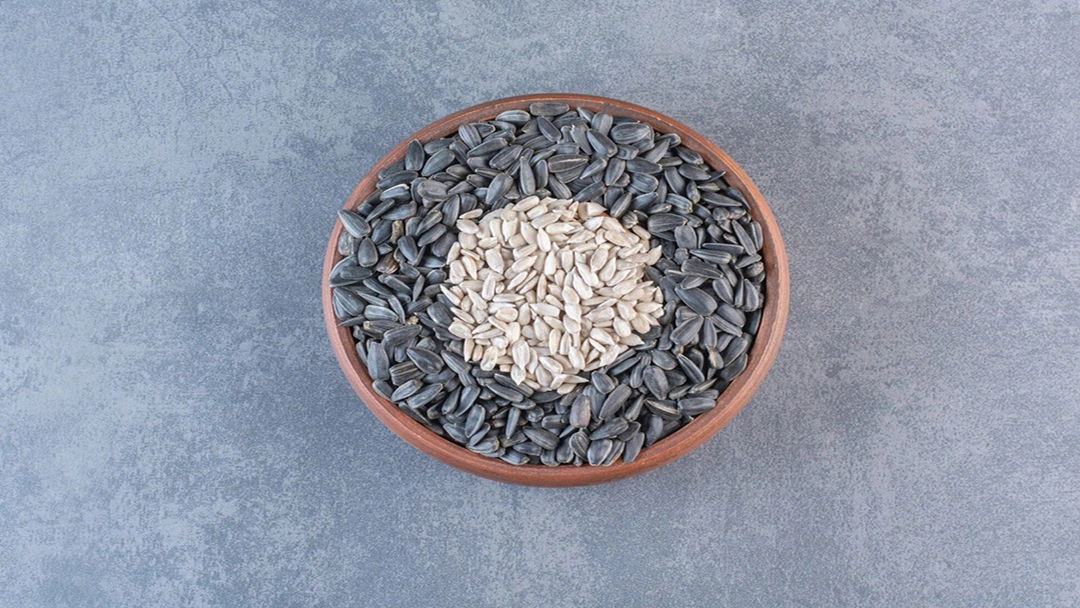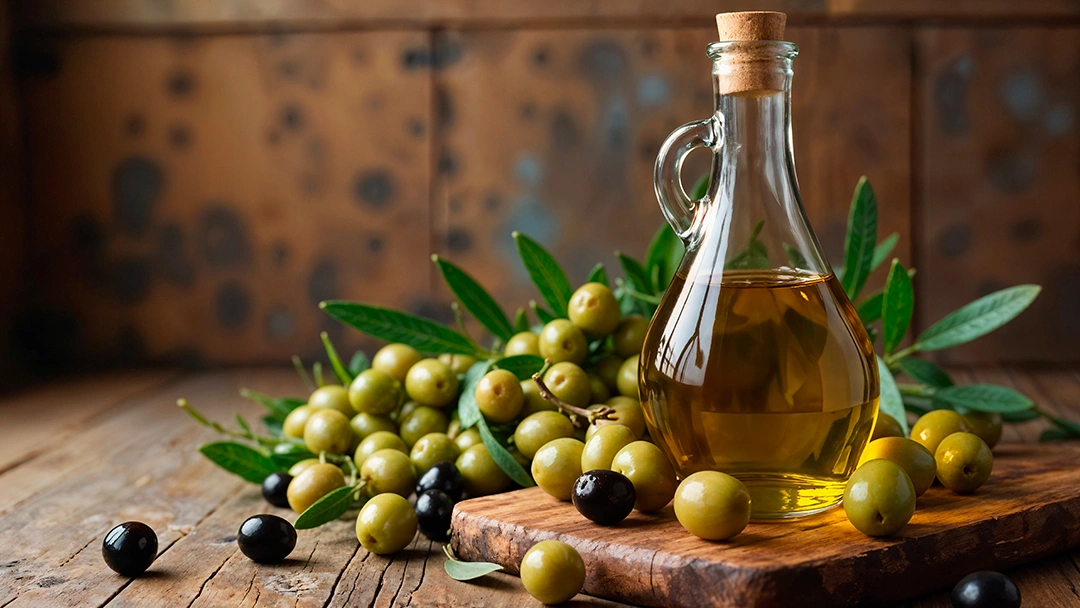What to Look for In a Dehydrator?
- Size/Capacity: Make sure your dehydrator is large enough to contain the amount of meat you want to dry in a single batch without overlapping slices. Dehydrators come in various sizes, from small 4-tray units to large 10+ tray models.
- Temperature Control: Dehydrators should have a temperature range of 130-165°F because high temperatures will cook the outside of the meat before drying the inside.
- Airflow: Look for a dehydrator with a fan and vents for air circulation around the meat for even drying.
- Consistent Heating: Quality dehydrators have uniform horizontal-flow heating elements that distribute hot air evenly across all the trays for consistent drying.
- Tray Materials: Trays should be made from food-safe plastics that don't leach chemicals.
- Timer: Having an automatic timer helps with dehydration timing and prevents overcooking.
- Ease of Cleaning: Removable trays and interior surfaces that are easy to clean provide simpler maintenance.
[cta-meetings]
Although these factors are important, the meat you use and how you prepare it determines the texture, taste, and tenderness of the final result. The type of meat, slicing, marinating, and trimming fat are among the factors to consider before dehydrating meat.
Learn More: What Is The Best Meat Slicer? The 10 Best Types for Home and Industry
Factors to Consider Before Dehydrating Meat
Here are some essential factors to consider before dehydrating meat:
- Meat Quality: The best cut of meat for dehydration is fresh meat that is lean and has not been frozen before. Also, choose cuts of meat that don’t have high-fat content. Fat can become rancid during the drying process and can reduce the shelf life of the jerky.
- Slicing: Slice meat into thin strips with 1/4 to 1/2 inch thick. Thicker pieces will take more time to dry. Also, for ideal texture, slice the meat against the grain (across the muscle fibers) for a more chewable meat.
- Humidity Levels: Low humidity helps dehydration, and it will take more time for moisture to evaporate from the meat in highly humid conditions.
- Trim Excess Fat: Even lean cuts may have some visible fat, which should be trimmed as much as possible before slicing and marinating.
- Marinating: Marinate the meat to add flavor and help the preservation process. This step not only enhances taste but also makes the meat softer by breaking down its fibers.
You can make meat chips, dried ground meat powder, or pemmican in a meat dehydrator, but the most popular dehydrated meat product is jerky, which is very delicious and easy to make.
Learn More: The 10 Best Meat Sticks: How to Eat Them?
[cta-meal-plan]
How Is Jerky Made?
Jerky is made by dehydrating lean meat through drying at a low temperature for a long time. You can make jerky at home by following these steps:
- Meat Selection and Preparation: Trim fat and connective tissue from lean cuts of beef, turkey, venison, or other meats, and then slice them into long and thin strips.
- Marinating: Marinate the strips with ingredients like soy sauce, Worcestershire sauce, spices, salt, and other seasonings to add flavor and tenderness to the meat.
- Drying and Dehydrating: Arrange the marinated strips on dehydrator trays or racks and set the temperature to 130-165°F for low and slow drying. The dehydration process will take 4-15 hours, depending on the dehydrator's power and capacity, humidity levels, and thickness of the strips.
- Testing for Dryness: Properly dehydrated jerky should bend and crack but not break, as it will lose 50-60% of its original weight during drying.
- Storing: You can store dehydrated jerky at room temperature for 2-3 weeks or freeze it for several months.
You can use many types of meat in this method for making jerky based on your taste and diet, but some meats will provide better jerky, especially if used properly in a dehydrator.
Learn More: The Best Meat for Beef Jerky and How to Select Them




![What Is the Best Meat Dehydrator for Jerky? [5 Best Brands]](https://cdn.prod.website-files.com/6323bc871c9ba24b7e474d24/671b4580908dd357d081ad0d_What%20Is%20The%20Best%20Meat%20Dehydrator%20for%20Jerky%20The%205%20Best%20for%20Home.webp)






